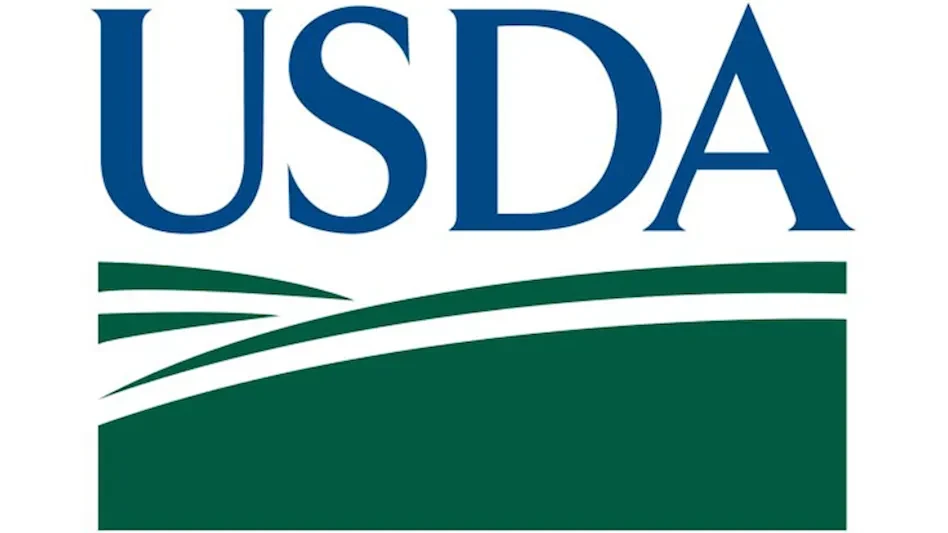As hard as we try, our food safety programs are not flawless. This is the reason that we have additional programs in place to identify deviations and failures so that we may take corrective action and preventive action. Corrective action is in place to resolve the immediate situation. Preventive action serves to prevent recurrence.
The corrective action component is often straightforward. It involves restoring sanitary conditions and/or process controls and making a determination about product disposition. Preventive action can be a bit more difficult to identify. From my days in industry and as an auditor, I have seen that one of the most relied upon preventive measures is retraining. But, is retraining an appropriate preventive action?
The preventive action should uncover the root cause. If the retraining is the same training that was originally provided to the employee(s), then the root cause has not been addressed. If the training was truly the problem, then the retraining would need to be different and all future training on that subject would need to be modified.
In addition, root causes typically impact multiple programs. So, if training is ultimately the reason for a food safety failure, it likely impacts the training across programs. For example, if a mixer is inadequately cleaned, the corrective action would be to reclean it. If the preventive action is retraining of the sanitation crew, then the training methods need to be reassessed. And, there is a great likelihood that the failures in sanitation training are also present in training in other areas such as maintenance, receiving, and packing.
Examples of improvements to training programs can cover both delivery and assessment. The best training programs typically involve a combination of classroom and on-the-job training. The classroom-style training provides a quiet environment to discuss the purpose of the activity, to review any written procedures or policies, and to discuss some common pitfalls. The on-the-job training provides an opportunity for the trainer to demonstrate the activity and for the trainee to practice the activity and to receive feedback.
Ideally the assessment (sometimes referred to as exit criteria) would require the trainee to demonstrate competency in the activity. This is the preferred method over a written exam. Of course, not all scenarios can necessarily be covered with a demonstration, and that is where question and answer dialogue comes in. For example, you may want to ask employees how they would respond to a deviation (a rodent found on a trailer of inbound material, two non-compatible cleaning utensils being stored together, etc.). This may be done through a written exam or an interview.
My call to action for you is to not accept a preventive action plan that simply requires retraining. Challenge the owner of the plan to explain how this training is different than the previously delivered training, and how all future training will be adjusted accordingly. Too often, retraining is the lazy answer to preventive action and leaves the root cause unexposed.
The author is Vice President, Food Safety Services Innovation, AIB International.
Latest from Quality Assurance & Food Safety
- ReposiTrak Welcomes 50 New Produce Suppliers to Food Traceability Network
- First Bird Flu Death Reported in United States
- FDA Issues Final Guidance on Action Levels for Lead in Processed Food Intended for Babies, Young Children
- Penn State Offers Course to Assist Food Processors in Controlling Listeria
- Tanzania Embraces One Health Approach to Enhance Food Safety and Trade
- FDA Releases Allergen, Food Safety and Plant-Based Alternative Labeling Guidance
- Bird Flu Suspected in Some Ohio Waterfowl
- IFSAC Releases Annual Report for 2022 on Sources of Foodborne Illness





